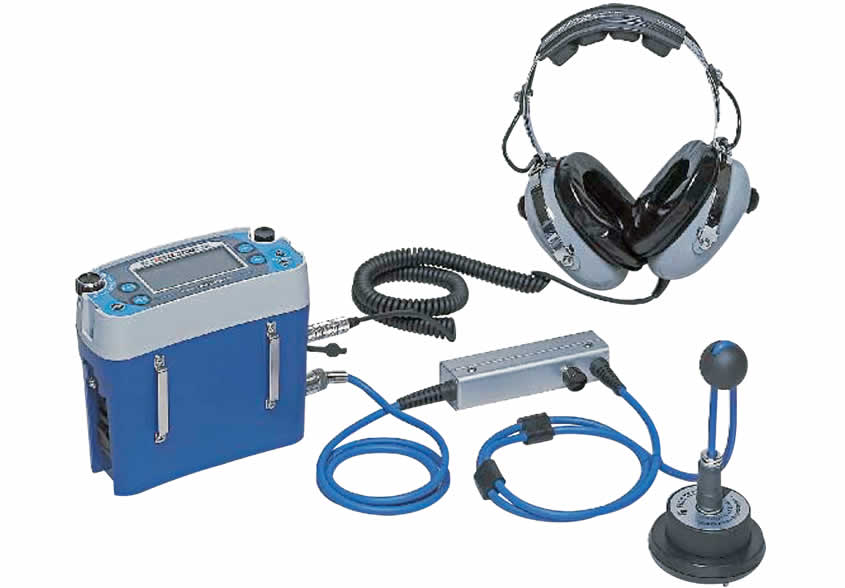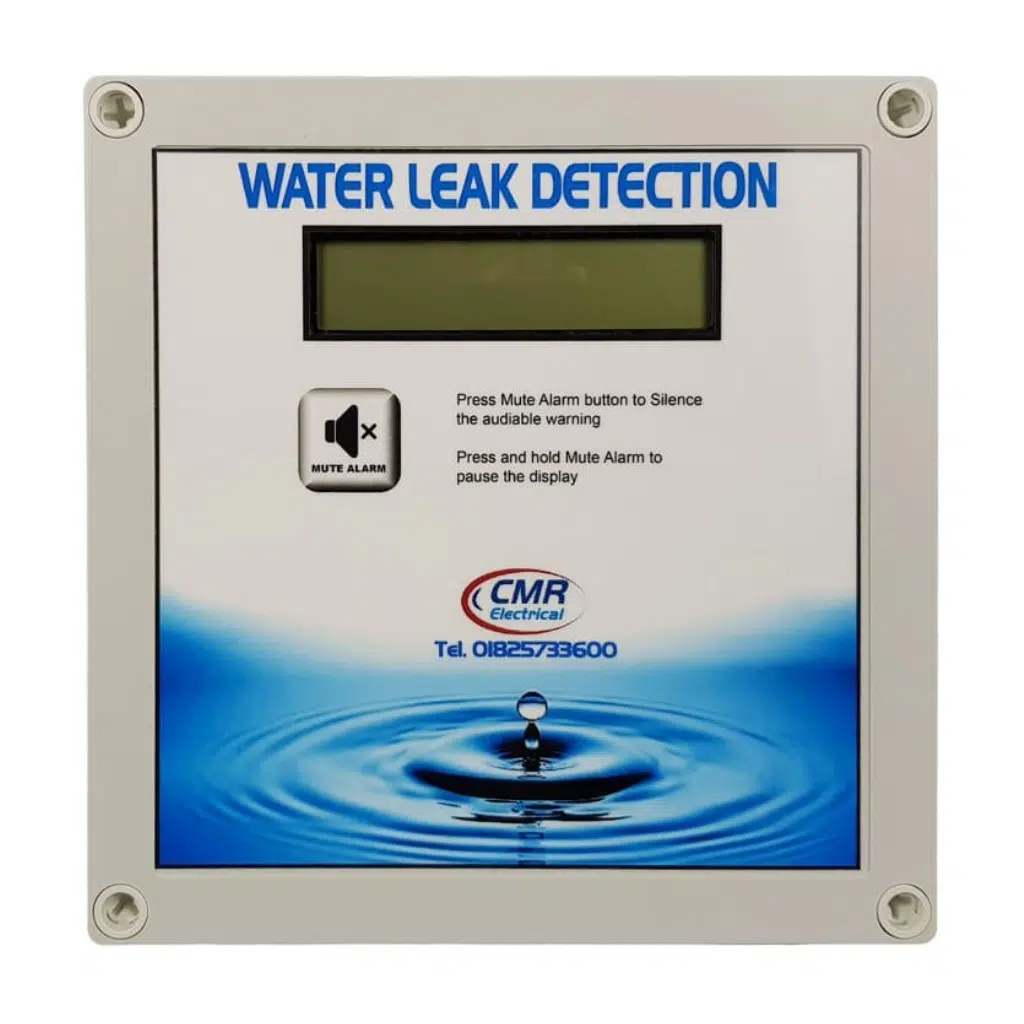Comprehensive Overview to Water Leak Detection for Homeowners and Companies
Comprehensive Overview to Water Leak Detection for Homeowners and Companies
Blog Article
Ingenious Solutions for Early Detection of Water Leaks in Buildings and Framework
As the integrity of structures and infrastructure is extremely important, the challenge of very early discovery of water leakages has stimulated ingenious solutions that promise to revolutionize the way we safeguard versus potential problems. From cutting-edge leakage detection modern technologies to the implementation of IoT sensing units for real-time tracking, the landscape of leak prevention is evolving rapidly. Equipment knowing formulas offer a look into the future of leak prediction, while thermal imaging presents a non-intrusive approach for identifying hidden leaks. Automated water circulation evaluation systems are reshaping exactly how leakages are recognized and addressed, leading the way for a positive method to water leakage discovery. Each of these remedies holds the essential to making certain the integrity and long life of our constructed setting, prompting a shift in the direction of an extra lasting and efficient future.
Advanced Leakage Detection Technologies
Advanced leakage detection technologies, geared up with advanced sensors and algorithms, play a crucial duty in promptly identifying and identifying water leakages in various setups. These innovations use a combination of acoustic, thermal, and electro-magnetic noticing techniques to spot leakages accurately. Acoustic sensors discover the audio of getting away water, permitting specific localization of the leakage source. Thermal imaging identifies temperature level modifications triggered by water leak, supplying another effective technique for leakage recognition. Electromagnetic sensing units can identify changes in magnetic fields brought on by water, offering yet another layer of leak discovery ability.

IoT Sensors for Real-Time Tracking
In the realm of contemporary water leak discovery, the integration of IoT sensors for real-time tracking represents a pivotal development in boosting proactive leak detection capabilities. These sensors use constant monitoring of water supply, providing real-time information on water flow prices, pressure variants, and temperature adjustments. By leveraging IoT modern technology, these sensing units can find also the smallest abnormalities in water usage patterns, allowing early identification of potential leaks prior to they rise into major problems.
IoT sensing units transmit data to a centralized platform, where advanced formulas assess the info and produce informs or notices when irregularities are spotted. This real-time surveillance capacity enables homeowner or center managers to without delay address leaks, decreasing water damages, lowering repair prices, and preserving water sources.
Moreover, IoT sensing units can be incorporated with structure administration systems, enabling computerized feedbacks to spotted leakages, such as turning off water shutoffs or triggering pumps to reduce the influence of leaks. Overall, the application of IoT sensors for real-time tracking significantly enhances the performance and performance of water leak detection in structures and facilities.
Machine Knowing Algorithms for Leak Forecast

One key benefit of utilizing artificial intelligence for leakage forecast is its ability to continually learn and improve its precision over time. As even more information is accumulated and fed into the algorithm, it can fine-tune its forecasts and adapt to transforming problems, ultimately enhancing the reliability of leakage discovery systems.
In addition, artificial intelligence algorithms can help in identifying refined indicators of leaks that might go undetected by conventional tracking techniques. water leak detection. By assessing intricate data sets in real-time, these formulas can offer very early warnings and informs, enabling for timely intervention and precautionary maintenance to reduce potential water damage and connected prices
Using Thermal Imaging for Leakage Discovery
Thermal imaging innovation offers an appealing method for discovering water leaks in various systems and infrastructures. By making use of infrared radiation and temperature level variances, thermal imaging cameras can recognize concealed leakages that are not quickly noticeable to the nude eye.
Among explanation the essential benefits of thermal imaging for leakage discovery is its non-intrusive nature. Unlike standard approaches that might need damaging right into wall surfaces or floors to situate leakages, thermal imaging permits non-destructive screening. This not only saves time and minimizes expenses however likewise reduces disruption to the structure or framework being assessed. Furthermore, thermal imaging can rapidly scan large areas, giving a detailed summary of potential leakage resources in a prompt fashion. In general, the use of thermal imaging innovation boosts the performance and accuracy of water leak discovery, making it a valuable tool for keeping the stability of buildings and facilities.
Automated Water Flow Analysis Systems
How can computerized water circulation evaluation systems change the discovery and management of leakages in various systems and infrastructures? Automated water flow evaluation systems supply a proactive method to leak discovery by continuously keeping an eye on additional hints water flow rates and patterns. By establishing baseline information, these systems can swiftly determine variances that may indicate a leakage, making it possible for punctual treatment to stop comprehensive damages.
These systems use innovative formulas to evaluate real-time information and provide immediate informs when abnormalities are detected, permitting speedy activity to be taken. Furthermore, computerized water circulation analysis systems can be incorporated with building monitoring systems or IoT systems, enhancing overall effectiveness and making it possible for remote monitoring abilities.
In addition, the information accumulated by these systems can be made use of for anticipating upkeep objectives, assisting to recognize prospective weak points in the framework before leakages happen. Generally, the implementation of automatic water flow evaluation systems can dramatically enhance leak discovery and monitoring practices, inevitably bring about set you back financial savings, decreased water wastefulness, and raised sustainability in buildings and facilities.

Conclusion
In final thought, the combination of innovative leak detection technologies, IoT sensing units, equipment understanding formulas, thermal imaging, and automated water flow analysis systems offers ingenious options for early discovery of water leaks in structures and infrastructure. These technologies make it possible for real-time surveillance, prediction of leakages, and reliable discovery approaches to avoid water damages and wastage. Implementing these solutions can assist in preserving the honesty and sustainability of water systems in various setups.
Report this page